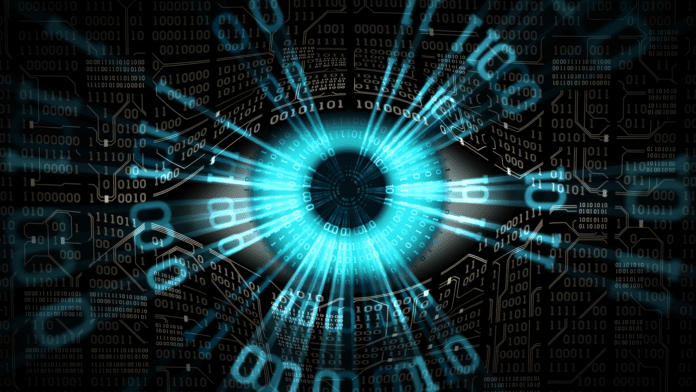New advances in artificial intelligence (AI) have made it into headlines lately, and as it turns out, they’ve also made their way into the classroom. Educators who have long wrestled with students who plagiarize works they found online are now wrestling with students using AI-generated content for papers and assignments.
While technology is behind the problem, it may also be the solution. In April 2023, Turnitin, the Software as a Service plagiarism detection tool used widely by schools at all levels of education since 1998, released AI-writing detection capabilities as part of its platform. This AI-detection tool identifies text that has been “assembled” by a software program to complement the anti-plagiarism subscription service found in over 16,000 schools and universities worldwide.
Rather than block suspected text, the tool flags it for the teacher’s review and is intended to generate discussions between teachers and students on the appropriate use of AI-generated content.
ChatGPT Ups the Stakes for Teachers
The field of education is not the only one struggling with the impact of AI, both immediate and potential, but without tools like Turnitin, it might be one of the least well-prepared. Many teachers are under-resourced and lack the skills and training to keep pace with the technology.
The 2022 release of OpenAI’s chatbot, ChatGPT, raised the stakes considerably. While a student report that plagiarizes portions of other content typically still has to be assembled by a student, ChatGPT and other tools like it can write entire reports with minimal student intervention.
Artificial intelligence is not going away, said David Adamson, principal machine learning scientist at Turnitin, and a former educator himself. Its use will only increase, and the challenge is to ensure that AI is used as a tool rather than a crutch for students and workers in the many industries it will affect.
Turnitin’s AI-writing detection tool is focused on identifying the total amount of AI content in a document as well as which sentences and additional resources may be AI-generated. The company is working with a focus group to evaluate the tool and its features and to determine what capabilities are missing.
That focus group played a large role in helping the firm develop the product initially, Adamson said, and will continue to do so as Turnitin attempts to keep pace with improvements OpenAI makes to ChatGPT. Turnitin also plans to develop detection capabilities for future iterations of ChatGPT and other Large Language Models (LLMs) like it.
Blurring the AI/Human Line
In education and in business, AI can help students and workers understand and communicate complex topics, but its contribution should be to enhance the experience, Adamson said—not be the end result. The goal isn’t to punish the student, but to engage them in conversations about where they may have used AI, why they did so, and if that was an appropriate use.
If AI explained the material in a better way than the student might have been able to on their own, it might have improved their comprehension of the material along the way. Adamson compared it to students using calculators—as a tool, a calculator can help students do complex calculations and save them time and improve their accuracy, but they still need to be able to show their work.
Such conversations can also prepare them for a future in which AI may play an increasing role in their day-to-day work.
Ultimately, Adamson said, we should try to reach a point where we “have more confidence in the blurring of boundaries between AI writing and authentic writing” as the two become more mixed, either by students or workforce professionals combining their own writing with AI-generated text or paraphrasing ChatGPT content.
In schools and in the workplace, anyone creating content should be paying special attention to citing the source of any material not their own. Attributing where content came from and which parts are not original will be a critical part of the process of integrating AI-generated text into work.
“For me, that’s the watermark of integrity,” Adamson said. “Giving proper credit is the truth and transparency and that you’ll carry through with everything you do in life.”



